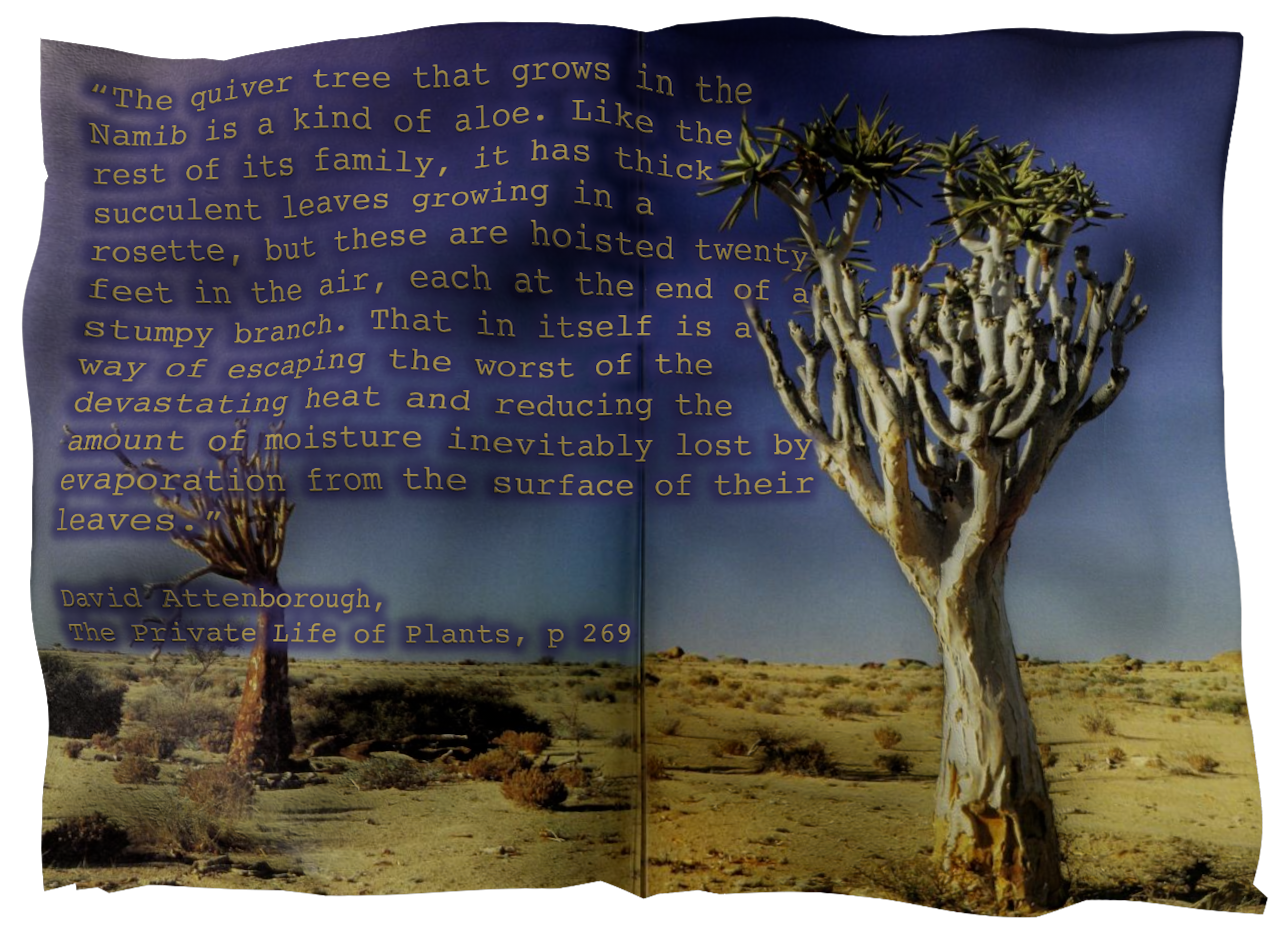Lost Landscapes of a Desert Age
World (Welwitschia mirabilis)
World (Aloidendron dichotomum)
World (Conophytum wettsteinii)
World (Selaginella lepidophylla)
World (Lithops hermetica)
World (Welwitschia mirabilis)
World (Aloidendron dichotomum)
World (Conophytum wettsteinii)
World (Selaginella lepidophylla)
World (Lithops hermetica)
Part of the group show Ecologies of Repair curated by Adelina Luft at Gaep, Bucharest, Romania, 2022.
“Thea Lazăr’s installation work departs from her long-term observation and research on several endemic plants that survive the dry and harsh condition of the Namib and Chihuahuan deserts. Consisting of five spheres and a new video work, the installation draws a speculative connection between the draughts caused by climate change and a fictitious global scenario of desert-plants monocultures surviving in the absence of water or rain. The artist offers different visual alternatives in the form of soft planets to form a constellation of potential resilient “Worlds” sustained by the plants’ potency for adaptability and survival. The video work Lost Landscapes of a Desert Age leads the viewer into a magnified experience of these desertified landscapes, set along a narrative questioning scarcity, endurance and the passing of time.”
“Thea’s interests in desertic plants began with her frequent visits at the Botanical Garden and Museum in Cluj where she encountered the fossilized exhibit of Welwitschia mirabilis. Considered a fossil plant because of its ancient lineage with some individuals living up to 1500 years, this plant is truly “one of a kind” with no relatives in its order. Having two continuously growing long leaves, it can capture water from the desert fogs and the morning dew and live comfortably in the harshest of the deserts. This ability to wait for moisture is what enables many plants to survive in the dry zone. Conophytum wettsteinii and Lithops hermetica are both similar succulent plants which immediately come to life and flower when it rains, to ensure the propagation of the species. While Conophytum lets last years’ dry leaves cover and protect it from animals, Lithops submerges almost the entirety of its body underground to protect it from the heat. Similarly, Selaginella Lepidophylla, or the resurrection plant, dries out almost completely without water, its stems curling into a tight ball letting the wind carry her away like a tumbleweed. It can travel around for years until it finds water, quickly opening in a beautiful green fern-like moss. Meanwhile, Aloidendron Dichotomum, the Quiver tree, found the opposite solution. Growing a tall white trunk to reflect the sun, it raised its leaves up from the ground and the predators. Their thick trunk and leaves are capable of holding in water for long periods of time.”
Adelina Luft
Adelina Luft



Lithops hermetica
“Pebble plants grow in the stonier patches of the desert. They survive by living partly underground. Their leaves have been reduced to a single pair, fat, round and succulent, with just a groove between them from which, in the right season, will sprout a surprisingly large flower. Such a rounded shape, with a very low surface area for a given volume, reduces evaporation to a minimum and is therefore a great help to the plant in conserving its water in the intense heat. Outside the flowering season, the plant is very difficult to find among the gravel and pebbles, so its shape could also serve as a defence against detection by grazing animals. That possibility is supported by the fact that, to a remarkable degree, the colour of these plants varies to match that of the surrounding pebbles. Some are grey or blue; others yellow, orange or brown. In places where there is an outcrop of quartz, they may be milky white.”
David Attenborough, The Private Life of Plants, p 265
“Pebble plants grow in the stonier patches of the desert. They survive by living partly underground. Their leaves have been reduced to a single pair, fat, round and succulent, with just a groove between them from which, in the right season, will sprout a surprisingly large flower. Such a rounded shape, with a very low surface area for a given volume, reduces evaporation to a minimum and is therefore a great help to the plant in conserving its water in the intense heat. Outside the flowering season, the plant is very difficult to find among the gravel and pebbles, so its shape could also serve as a defence against detection by grazing animals. That possibility is supported by the fact that, to a remarkable degree, the colour of these plants varies to match that of the surrounding pebbles. Some are grey or blue; others yellow, orange or brown. In places where there is an outcrop of quartz, they may be milky white.”
David Attenborough, The Private Life of Plants, p 265